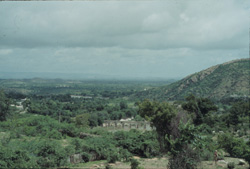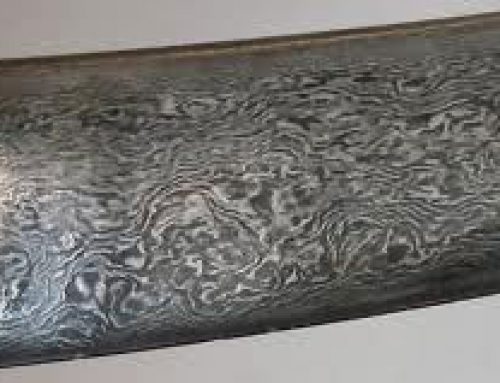
Indian Monsoon – early Indian environment
The monsoon was the big weather event
In much of India, there was only one big weather event every year, and that was the monsoon. Most of the year, it was very dry and sunny in India. Everything got hot and dusty and brown.
Why do we have weather?
All our ancient India articles
But around May, clouds would start to gather, and it would get very muggy and heavy-feeling, and everybody would feel like they were waiting for something to happen. And then one day finally it would start raining, all at once. Buckets and buckets of water! That was the monsoon.
What are clouds made of?
Why does it rain?
All our weather articles
It would keep raining for about a month, every day, all day long. Flowers bloomed and trees put out leaves and everything started to grow, all at once. Farmers hurried to catch the water in their irrigation canals and lead the precious water to their fields. And then it would stop. The rest of the year would be dry again.
What is irrigation?
Why do flowers bloom?

Himalaya Mountain – Indian environment
Why was the monsoon so important?
So you can see that if the monsoon didn’t come, one year, it would be very bad for the people and animals in India. There were some years when the monsoon didn’t come, and then the plants didn’t grow and people went hungry.
Indian animals
Indian plants
The monsoon and trade
India’s monsoon was also very important for trading. The monsoon winds made the ocean currents change direction. In the winter, the currents flowed north up India’s west coast, and then over to the Arabian Peninsula, Egypt, and East Africa. Most ships left about November.
Early Indian economy
The Arabian Peninsula
Hellenistic Egypt
East Africa
In the spring, the currents flowed the other way: from Africa to India, and further east to Indonesia. Sailing ships could ride these currents and get where they were going fast, without rowing. Even more important, they could go out across the open ocean, out of sight of land, and not worry that they were going to get lost. The ocean current would automagically take them where they were going.

Indus river – Indian environment
What’s the Retreating Monsoon?
In eastern India, there was also a second, smaller monsoon that came in September, called the Retreating Monsoon because it came at the end of the summer. The Retreating Monsoon brought less rain, but along the east coast of India, the Retreating Monsoon brought most of the rain they got.
The Himalaya mountains

Ganges river – wider and slower than the Indus
But where there are rivers or mountains, people don’t have to depend so much on the monsoon. In northern India there are the Himalaya mountains, where there is snow all year round.
More about the Himalaya mountains
The big rivers of India
In western India (modern Pakistan), there’s the Indus River, and in eastern India, there’s the Ganges River. These two rivers account for most of the early Indian cities and farming.
Ancient Indian economy
Mughal Indian economy
The rivers brought water for the fields. They also carried a lot of trade on boats. People didn’t have trucks or trains back then, and the fastest, easiest way to travel was on the rivers.
The end of the Bronze Age
But these weather patterns didn’t always stay the same. Sometimes they shifted – nobody understands why. Around 1200 BC, for example, the weather seems to have shifted so that it was very dry all across northern Africa, West Asia (Mesopotamia), and northern India. Everywhere, people complained about it. There was no rain. The wheat and barley couldn’t grow. People went hungry.
Bronze Age timeline
Third Intermediate Period
Who were the Yamnaya?
The Bronze Age civilizations collapsed – New Kingdom Egypt, the Hittites, and the Harappans in India. The Yamnaya, further north between the Black Sea and the Caspian Sea, left their homes and went south. Some of them got as far as India. Then by about 1000 BC, the weather seems to have gone back to normal again. The rain came back.
The Little Ice Age
Another big weather shift happened about 1300 AD. The weather got just a degree or two cooler. We call it the Little Ice Age. All over the world, winters were longer and snowier, and summers were cooler and rainier than before. In India, the north got weaker, and the southern Vijayanagara Empire got stronger. Was this related? It’s hard to say, but under the Mughals, in the 1500s and 1600s, people did complain about droughts – no rain – and people going hungry.





thanks so much.
You’re welcome! Thanks for visiting!